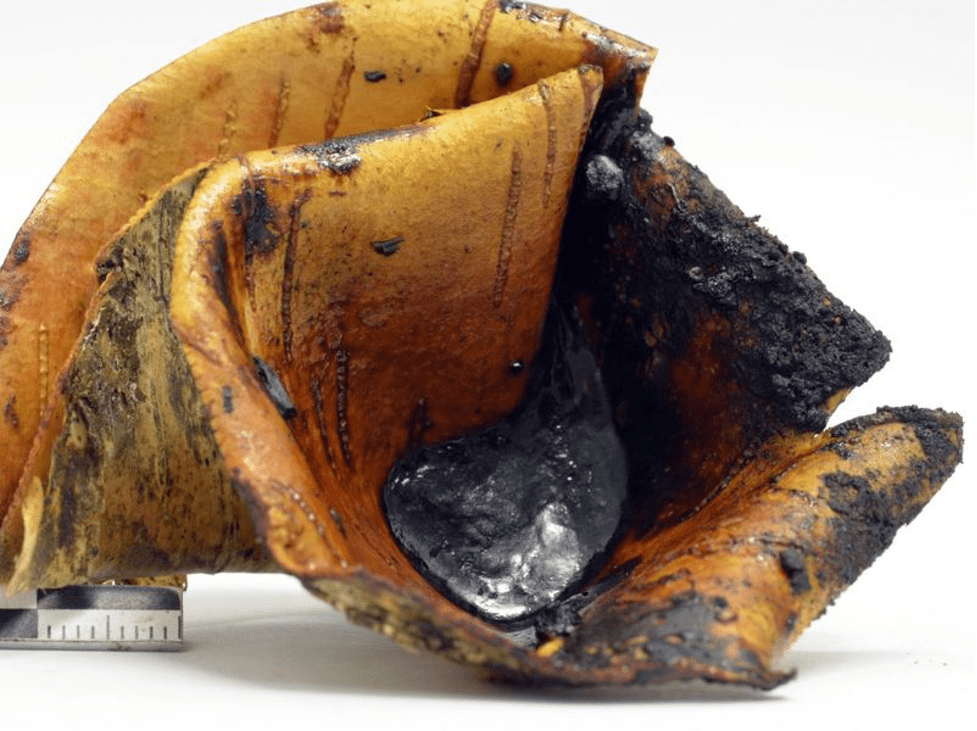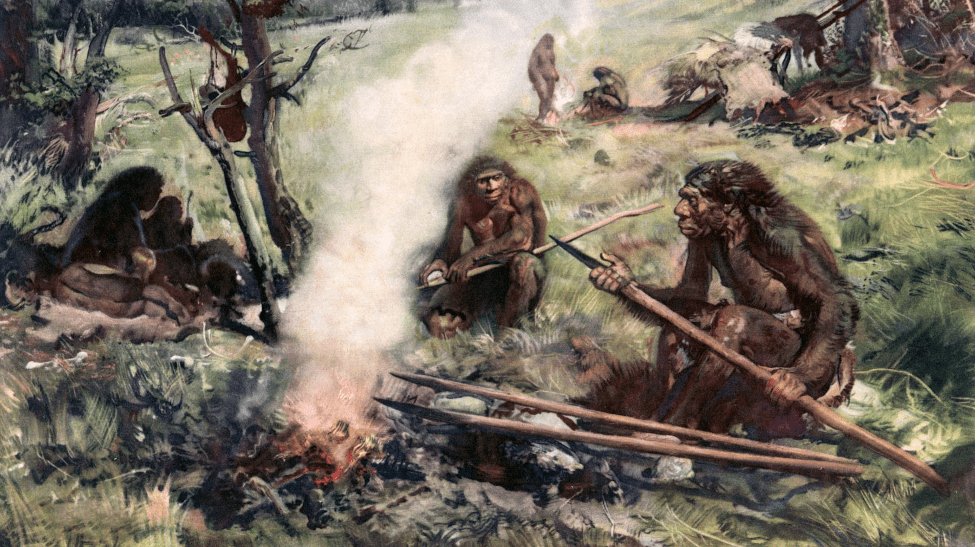History stands witness to the fact that our evolutionary cousins, the Neanderthals, don’t get half the credit they’re owed. Only recently Neanderthal sites in Europe have revealed tar-coated stones that date back to about 2000 years ago.
Know what that means? Basically, this evidence suggests that our extinct cousins made and used tar way before we did. For homo sapiens, the earliest suggestion of making tar dates back to Africa around 70,000 years ago.
Leiden University Netherland’s archaeologist Paul Kozowyk and his team have now recreated the process which they hypothesize the Neanderthals followed to make tar.

Paul Kozowyk |Evidence of the substance was found in excavated tools
Tar-Making Back in the Day
Neanderthals used his dark goo made from coal or wood to attach handles to their sharp-edged tools, like chopping objects and spears, made from stone. The team tested 3 ways to make tar, each tried about 5 to 11 times, judging from what they presume ancient folk must’ve done.
The easiest approach entailed rolling up a piece of bark from a birch tree, tying it with wood fiber, and tucking it under the embers and ashes of a wood fire. This way, the tar was caught between layers of the bark. In this method, the team managed to collect 1 gram of tar.

Leiden University | A prototype showing how Neanderthals used tar to secure their tools
The second way entailed burning one end of the roll and tucking it into a small pit. This method could be taken a step further by covering the bark with hot embers and gave the researchers 1.8 grams of tar.
While the tar found at one Neanderthal could’ve been created in one or two turns, researchers claim the larger amount found at another site in Europe could only have been produced in 6 to 11 turns.
The last and mostly unsuccessful method entailed inserting a birch-bark container into a small pit that would collect the tar. The top of this pit was layered with twigs, pebbles, a large bark roll, and a dome of wet soil. The structure would then be lit on fire.
Though this method failed to produce tar at the beginning, after much trial and error, the researchers finally had one successful trial. Turns out, if successful, this method can create up to 15.7 grams of tar. It is hypothesized that the largest chunks discovered at Neanderthal sites might have been created in this manner.

Getty Images | This also shows that the Neanderthals had a basic working understanding of fire
Wrapping It Up
Though the discovery clears up plenty, it also raises some pressing questions, the first being whether the Neanderthals knew how to build and control fires.
While some researchers believe they did, others think they could not make fire themselves and relied on remnants of wildfires created from lightning sparks. Nevertheless, Neanderthals creating tar from just the knowledge of birch bark and fire is impressive in itself.




